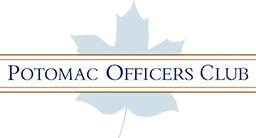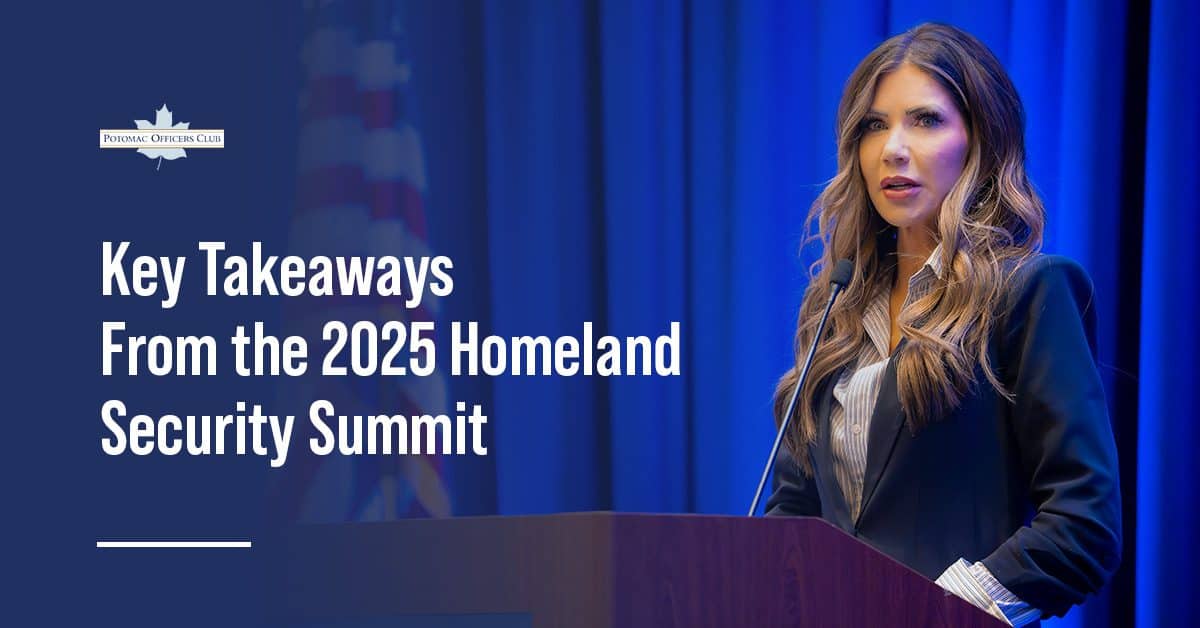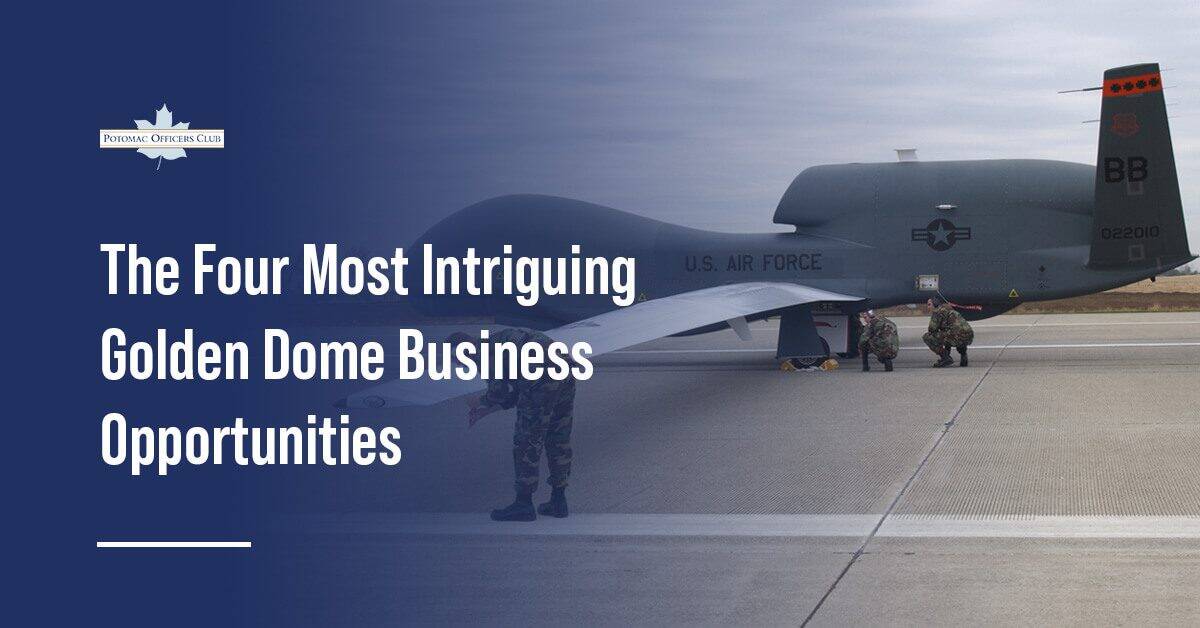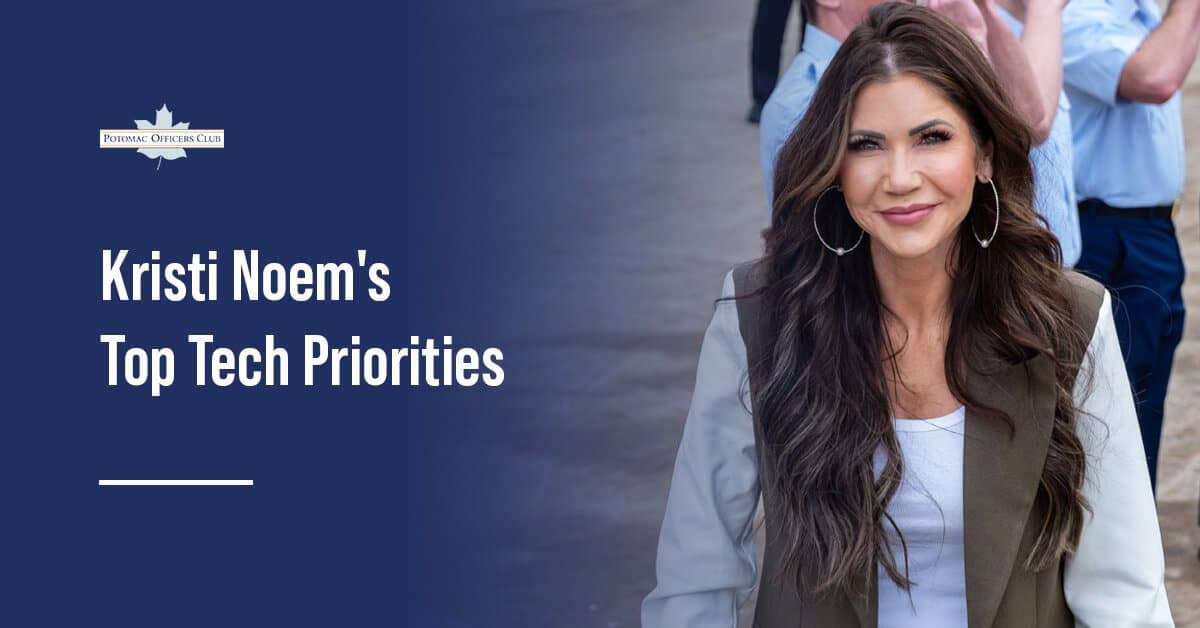
Photo: USCG
Kristi Noem’s Top 4 Technology Priorities as DHS Secretary
Kristi Noem, secretary of the Department of Homeland Security and a 2025 Wash100 Award winner, has positioned technology at the heart of her agenda. She is refocusing the Cybersecurity and Infrastructure Security Agency on cyber and overseeing the Coast Guard’s procurement of advanced unmanned aircraft.
As governor of South Dakota, Noem made strategic investments to position the state on the forefront of quantum computing. Combined, these efforts reflect a tech-centered vision of DHS in FY 2026 where cybersecurity, robotics and improved collaboration combat increasingly sophisticated threats
GovCons can learn more about Noem’s technology priorities directly from the secretary herself during her keynote address at the Potomac Officers Club’s 2025 Homeland Security Summit on Nov. 12. Hear from Noem about new partnership opportunities with DHS agencies, including Customs and Border Protection. Be the first to learn about how DHS plans to spend its $79 billion One Big Beautiful Bill Act windfall. Secure your seat today!
Let’s dig into Noem’s top technology priorities for FY 2026.
1. Acquiring New Autonomous Systems
The Coast Guard under Noem is embarking on an ambitious investment campaign called Force Design 2028 to improve service readiness and make it more agile, responsive and capable. As part of its technology pillar, Force Design 2028 intends to improve maritime surveillance by implementing robotics and autonomous aircraft systems as part of a Coastal Sentinel division.
The USCG also has other key technology initiatives as part of Force Design 2028:
- Creating a new software-centric command called Software Yard to produce iterative and rapid software development
- Acquire cutting-edge technologies such as biometrics, night vision systems and secure communications
- Improve its cybersecurity posture by implementing the Department of Defense’s zero trust strategy and roadmap
The USCG also plans to extensively use AI in its future work. The service wants to leverage the technology to provide automated analysis, bolster its operational presence and allow it to make more informed and better decisions.
2. Procuring Cutting-Edge UAVs
The USCG plans to contract new unmanned aircraft vehicles as part of its effort to improve maritime surveillance. The service in 2025, with Noem’s guidance, has been extensively active in the contracting realm to procure and identify future UAVs.
The coast guard in late July finished extensive operational testing of the Shield AI V-BAT tail-sitting UAV aboard Coast Guard Cutters Stone and Midgett. The service is considering using the V-BAT across the entire national security cutter fleet and, perhaps, other USCG ships. The service in July 2024 awarded Shield AI a contract for V-BAT contractor-owned, contractor-operated services performing intelligence, surveillance and reconnaissance missions.
USCG interest in UAVs doesn’t end there. The service in July also requested information from industry about the current capabilities of maritime UAV. These included sensor technology, detect-and-avoid, payload capabilities and performance parameters for land-based and cutter-based ISR support.
The Coast Guard specifically inquired about advanced sensor capabilities, including surface search radar, synthetic aperture radar, electro-optical/infrared target detection, and light detection and ranging, among others. Responses were due Aug. 18.
If you’re a GovCon technology professional, you can’t afford to miss Noem’s keynote at the Potomac Officers Club’s 2025 Homeland Security Summit on Nov. 12. Noem is expected to deliver updates on cyber, AI and border technology investments. Gain actionable intelligence on public-private collaborations not available anywhere else. Sign up today for this elite GovCon event!

3. Investments in Quantum
DHS agencies spent much of 2024 boosting investment in post-quantum cryptography. As South Dakota governor, Noem prioritized making the state the leader in quantum research and development, according to GovCIO Media.
In her last budget proposal as South Dakota governor, Noem suggested a $6 million investment for a Center for Quantum Information Science and Technology. This facility had a number of objectives, including progressing fields of AI and machine learning with quantum computing and creating degree opportunities in quantum science and technology.
CBP in recent years has suggested other DHS agencies to prepare for a “Q-Day,” in which computing power will become so powerful and advanced that it will destroy current encryption methods and introduce vulnerabilities into computer systems.
4. Continued International Cooperation on Cybercrime
Noem earlier this year vowed that the Trump administration would continue working with international partners to fight cybercrime, citing it as a national security issue, according to BankInfoSecurity. During her speech at the prestigious RSAC Conference, Noem promised further international cybercrime-fighting by working with Interpol and increasing information-sharing among U.S. intelligence agencies.
Noem specifically mentioned combating Salt Typhoon and Volt Typhoon. Salt Typhoon is a team of Chinese hackers that invaded U.S. telecommunications networks by infiltrating routers and switches while Volt Typhoon is another Beijing-backed hacker group that used compromised software to exploit weak software protocols such as lax administrator passwords.
“Our goal is to use our maximum effect of cooperation to make sure that we’re going after bad actors,” Noem was quoted as saying.
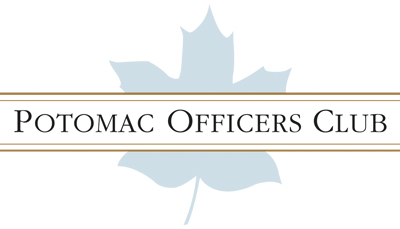
Category: Articles
